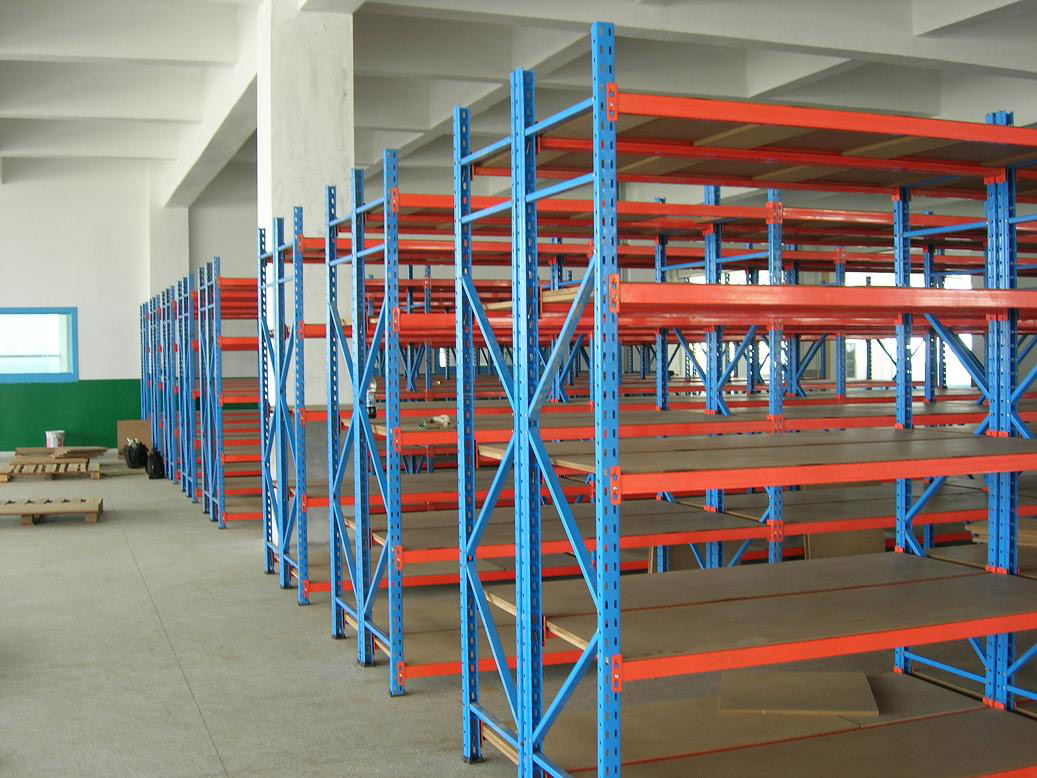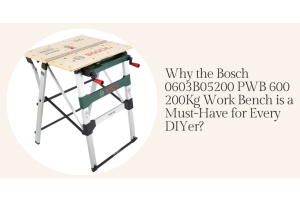The Complete Handbook to Shelving Rack Systems: Types, Uses, and Space Optimization

What is Shelving Rack System?
Before diving into the specifics, let's first establish what a shelving storage system entails.
Simply put, it refers to the arrangement of shelves within a warehouse or storage facility to optimize space utilization and organization.
These systems come in various configurations, materials, and designs, catering to different storage requirements and environments.
Are you ready to explore the wonderful world of shelving in a warehouse?
Get ready to be amazed by the variety of shapes, sizes, and materials used to store goods in an organized and efficient way. We will take you on a journey through the different warehouse shelving systems that have revolutionized the way we manage inventory.
So sit back, relax, and let's dive into the exciting world of warehouse shelving!
Adjustable Shelving:
Adjustable shelving systems are incredibly versatile, as the name implies. It is a pioneer in warehouse shelving systems.
They allow you to modify the height and configuration of the shelves to adapt to changing storage requirements.
Whether you're storing large boxes or smaller items, adjustable shelving offers the flexibility to accommodate various inventory sizes.
These systems often feature adjustable shelf brackets or slots, enabling easy customization according to your needs.
Built-in Shelving:
For a seamless and customized storage solution, built-in shelving is an excellent choice.
Built-in shelves are designed to be integrated into the existing structure of a warehouse or a room.
They blend harmoniously with the surroundings, utilizing available wall space and creating a streamlined storage solution.
Built-in shelving is commonly used in construction projects, home renovations, and hotel establishments where aesthetics and functionality go hand in hand.
Fixed Bracket Shelving:
When dealing with heavy items or equipment, fixed bracket shelving provides stability and reliable support.
These warehouse shelving racks consist of sturdy brackets that are securely attached to the wall or vertical supports.
The shelves are then placed on these fixed brackets, creating a robust storage system.
Fixed bracket shelving is suitable for storing tools, machinery, and other heavy objects that require a secure and stationary storage solution.
Floating Shelving:
Floating shelving is not only practical but also adds an elegant touch to any space.
These shelves are mounted on walls without any visible brackets or supports, creating a floating illusion.
Floating shelves can be made from various materials such as wood, glass, or metal, allowing for customization to match the decor.
They are popular choices for displaying decorative items, books, or personal belongings in both residential and commercial settings.
Corner Shelving:
Don't let those unused corner spaces go to waste!
Corner shelving provides a clever solution for maximizing storage in areas that are often overlooked.
These shelves are specially designed to fit into corners, making efficient use of every inch of available space.
Corner shelving units can be standalone or integrated into existing shelving systems, offering a practical and aesthetically pleasing solution for corner storage.
Top Hung Storage Shelving:
For warehouses with high ceilings, top hung storage shelving offers a practical solution for utilizing overhead space.
These shelves are suspended from the ceiling or overhead structures, creating additional storage capacity without occupying valuable floor space.
Top hung storage shelving is commonly used in warehouses, factories, and distribution centers to store lightweight items or items that are accessed less frequently.
Free Standing Shelving:
When flexibility and mobility are key, free-standing shelving units provide a versatile storage solution.
These shelves are not permanently attached to walls or structures, allowing them to be easily repositioned or relocated as needed.
Free-standing shelving units are ideal for warehouses or workshops where the layout and storage requirements may change over time.
They offer convenience and adaptability without the need for installation or complex assembly.
Differences Between Shelving and Racking
While both are used for storage purposes, they have distinct characteristics and applications.
Shelving typically refers to systems with individual shelves that can be adjusted or customized to fit specific items. On the other hand, racking systems generally consist of sturdy frameworks and pallets or platforms designed for bulk storage of uniform items.
Understanding this difference will help you select the most suitable solution for your specific needs.
Conclusion
Choosing the right shelving system is vital for efficient warehouse storage. Whether it's metal industrial shelving, boltless rivet shelving, bin shelving, or mobile aisle shelving, each type offers unique benefits and functionalities.
By considering the specific storage needs of your inventory, you can select the most suitable shelving system to optimize space utilization and accessibility. Remember, the right shelving solution can significantly impact the organization, productivity, and overall success of your warehouse operations.




